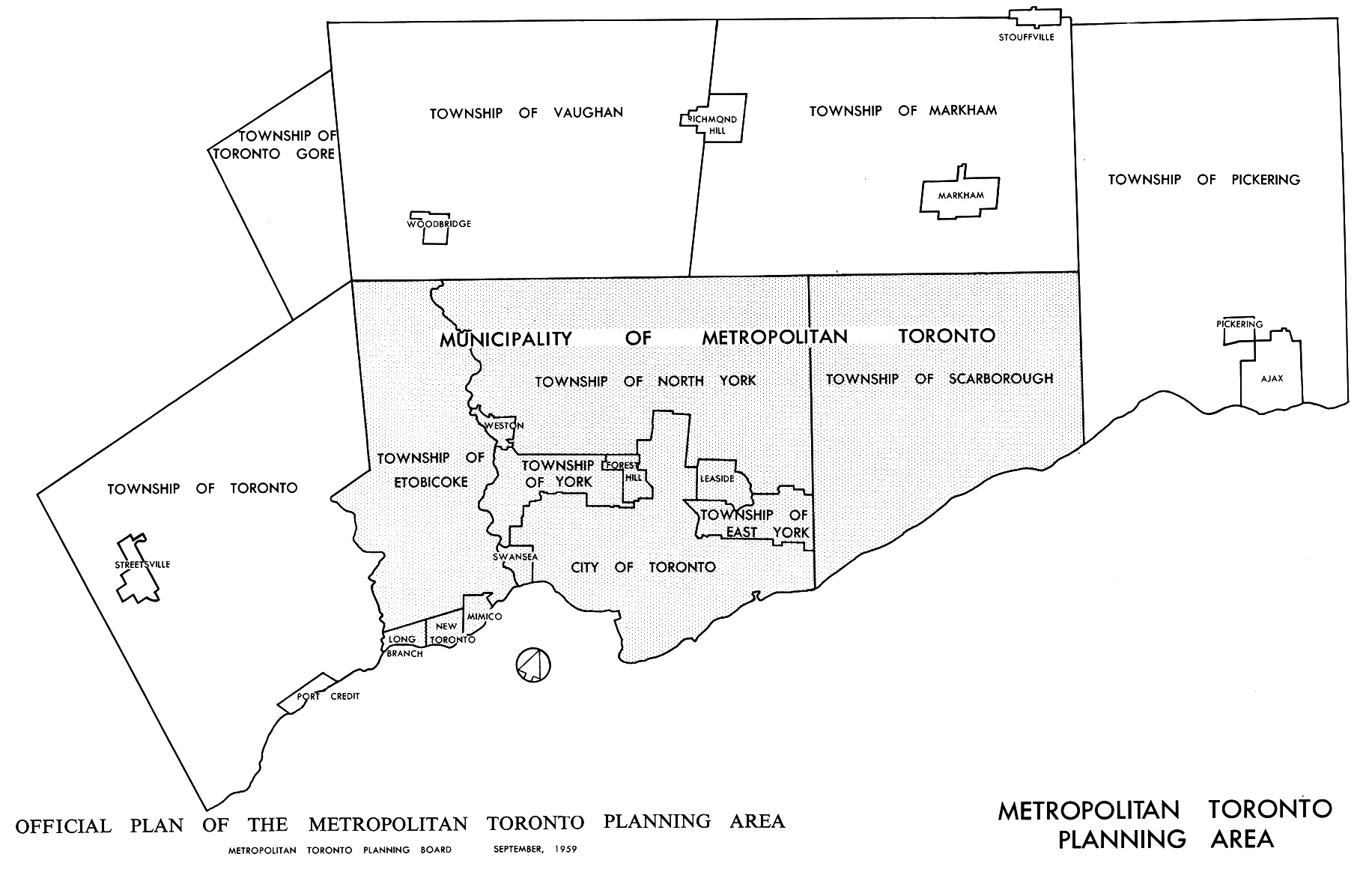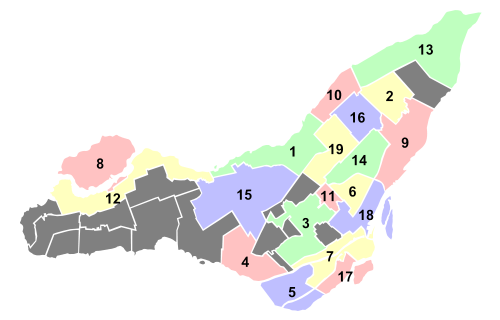King of Kensington
Senior Member
...what would they be?
|
|
|


In 1954, Metropolitan Toronto was modelled on Greater London, England.
Confusing. London has over 1,000 city councillors and 30 mayors for about 8 million people. Toronto has 44 councillors and 1 mayor for about 2.6 million. Do we really want to go there?...what would they be?
Let's keep in mind that when mega-Montreal deamalgamated, it wasn't simply back to the former municipalities, but the former City of Montreal itself was broken up into boroughs a la Greater London.
Toronto's closest approximation to that LonMon borough model are the former federal/provincial riding boundaries that form the basis of today's municipal wards; but being what they are, they're rather arbitrary and "open to adjustment"...
it was a downtown Montreal with a population of 700k.
I though Montreal never had "former municipalities". When the merger happened, it was a downtown Montreal with a population of 700k and a bunch of small municipalities in the 50-100k range. When the merger ended, some of those small municipalities left, but they simply returned to their former self - but many stayed with Montreal.





